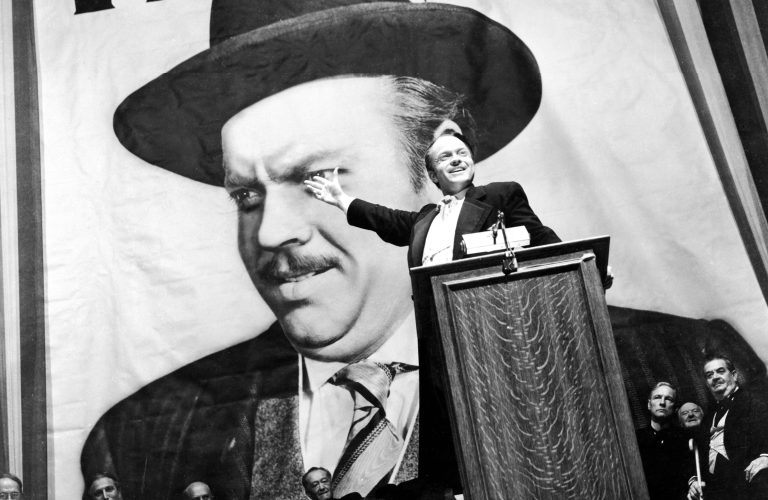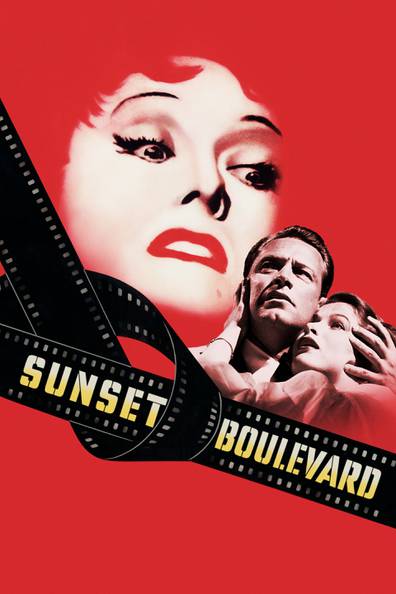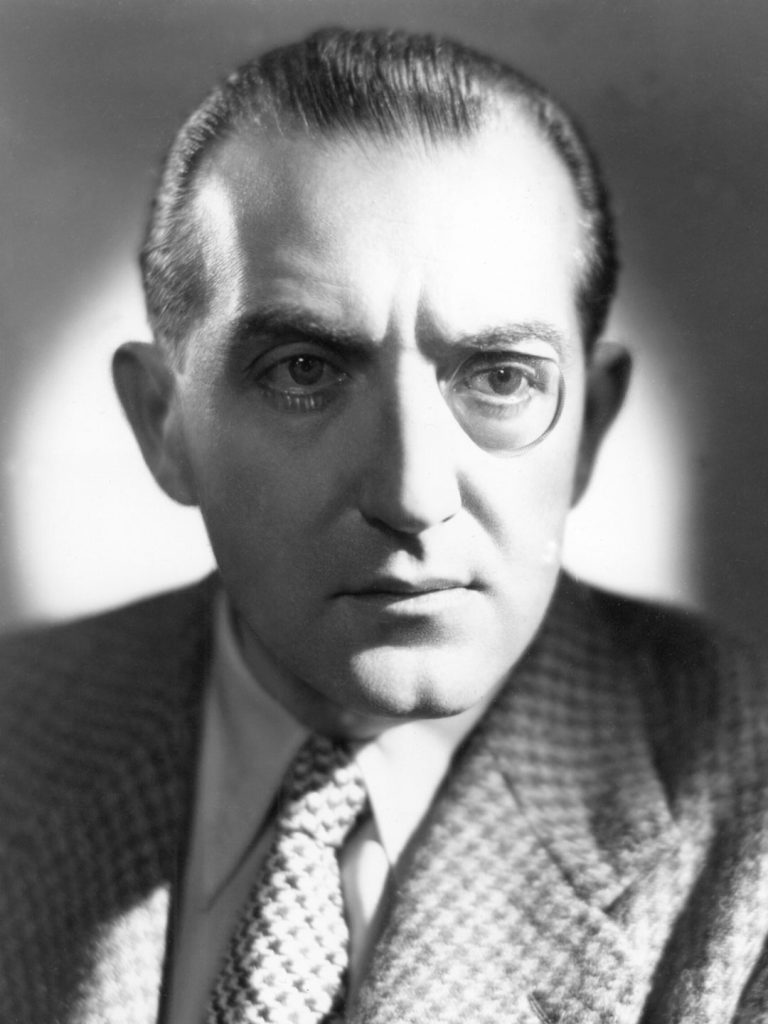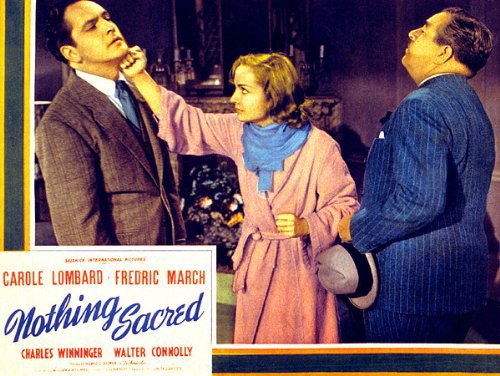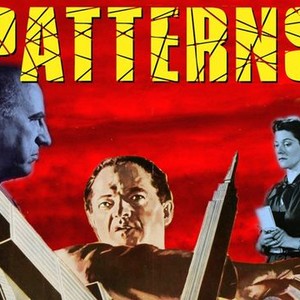Behind the Scenes: the Making of Metropolis: Unveiling the Secrets Behind a Cinematic Masterpiece
Fritz Lang’s visionary sci-fi epic “Metropolis,” released in 1927, remains an iconic classic in the history of cinema. The film’s groundbreaking visuals, intricate storytelling, and thematic depth have enthralled audiences for generations. Behind this masterpiece lie untold stories of the production, revealing lesser-known anecdotes, challenges, and triumphs that shaped the creation of this beloved classic.
One of the most ambitious aspects of the film was its set design, with futuristic cityscapes and towering skyscrapers that required an enormous budget and took over a year to construct. The film showcased cutting-edge special effects, including miniatures, matte paintings, and innovative camera techniques. The illusion of flying cars and the transformation of the protagonist into a robot were groundbreaking feats for the era.
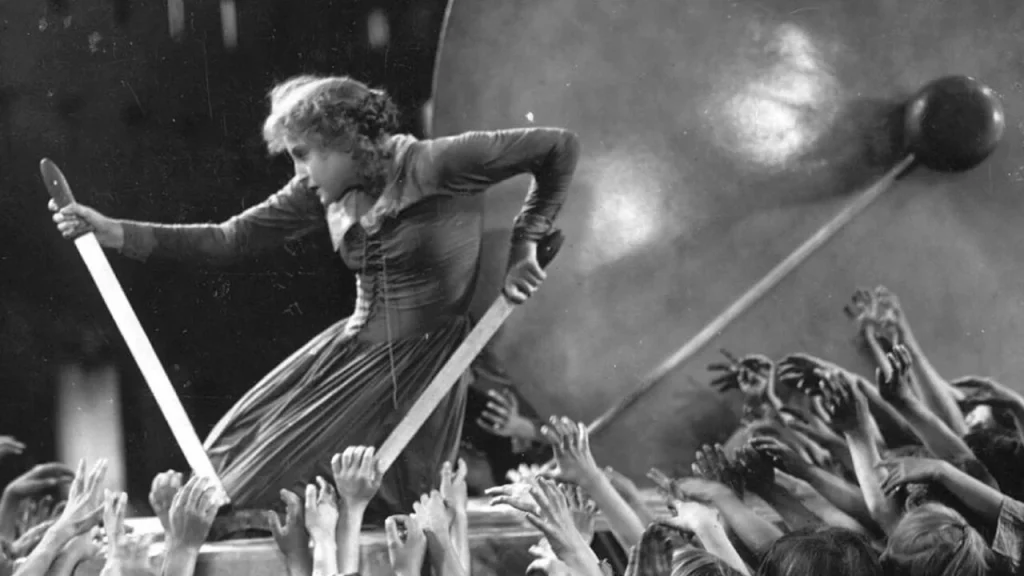
“Metropolis” was one of the most expensive films of its time, with a production budget that far surpassed typical silent films. The film’s lavish and grandiose sets, along with its extensive use of extras and visual effects, contributed to the astronomical cost.
Fritz Lang’s meticulous and demanding directing style is well-known, and “Metropolis” was no exception. He required strict adherence to his vision, often pushing the cast and crew to their limits. The film’s impressive scale and scope demanded immense precision from everyone involved.
The long and demanding shoot took a toll on the relationships between the director and some cast and crew members. Notably, Brigitte Helm, who played the dual roles of Maria and the Robot, found Lang’s demanding direction emotionally exhausting, leading to occasional tensions on set.
Upon its release, “Metropolis” faced mixed critical reception due to its controversial themes and perceived political undertones. The film’s exploration of class struggle and societal inequality was met with both acclaim and criticism, reflecting the divided opinions of its time.
“Metropolis” suffered from multiple edits and censorship, leading to different versions of the film with varying lengths and altered storylines. The original version of the film was severely shortened, resulting in some of the footage being lost over the years.
Despite the challenges and controversies, “Metropolis” has endured as a cinematic landmark, inspiring countless filmmakers and leaving an indelible impact on science fiction and visual storytelling. The untold stories from its making provide a fascinating glimpse into the determination, innovation, and artistic vision that brought this epic masterpiece to life. As we continue to celebrate “Metropolis,” we honor the dedication and brilliance of all those who contributed to its creation, making it an immortal treasure in the annals of film history.


